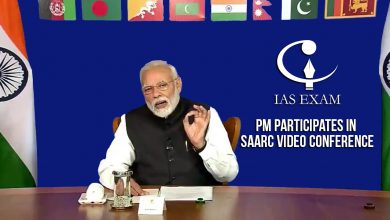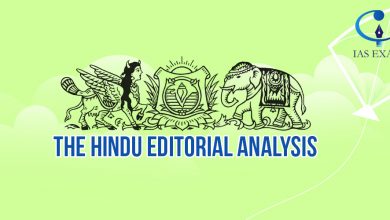Key steps to kick starting the economy
We bid goodbye to 2019 with a sigh of relief. Anything that could go wrong went wrong during this year. Growth rate plummeted. From the level of 8.1% in the fourth quarter of 201718, quarterly GDP growth fell to 4.5% in the second quarter of 201920, a fall of 3.6 percentage points. This steady decline must have had an adverse impact on employment and poverty reduction. Here, are some of the steps that can be done to achieve the desirables in terms of reviving the Indian Economy:
- Structural or cyclical Changes:
Analysts debate whether the slowdown is structural or cyclical. If it is cyclical, the expectation is that there is a chance for upturn soon. If it is purely structural, it will take time until the structural rigidities are removed. Normally, the slowdown is cyclical if it results from a weakening of demand. Several important sectors such as automobiles, consumer durables and housing (on which data are available with high frequency) do show a slackening of demand. This is also reflected in the low capacity utilization of several industries.
One sector which needs immediate reforms is the financial system — more particularly the banking system and within it the public sector segment. Even as the policy makers address the problem of nonperforming assets, attention has to be paid to defining the relationship between governments and boards of public sector banks and on their respective roles in management.
- Channels of demand:
When we address the issue of demand, we need to look at the four-five expenditure categories of national income accounts: private final consumption expenditure, government final consumption expenditure, gross fixed capital formation private and public, and exports. Data definitely show a weakening of private consumption expenditure. But in our efforts to raise demand, it is not autonomous. It is dependent on income. Exports can help to stimulate the economy since exports are influenced by the state of the economy in the rest of the world. Unfortunately, in the current situation, the rest of the world is also not booming. However, an effort can still be made to get a better export performance. This leaves us only with raising government expenditure. This is indeed the standard prescription whenever there is deficient demand. However in the present context, the emphasis should be to ensure that the entire increase in government expenditure is diverted towards capital expenditure.
- Monetary policy:
Monetary policy generally is more effective in controlling inflation than stimulating an economy. In the present context of the banking situation, the RBI’s role that is even more important than pure monetary policy will be to quicken the resolution process of bad loans and help banks to move to a healthier situation. The task is not that easy.
- Fiscal Policy:
The countercyclical fiscal policy is also running into problems. Given the revenue trend, the Central Government may not find it easy to increase its capital expenditures relative to GDP. It may be recalled that against the background of the international financial crisis of 2008, the fiscal deficit of the Government of India was raised to 6.0% in 200809 and it went up to 6.5% in 200910. A focused increase in capital expenditures of the Government and the Central public sector undertakings (PSUs) may help to apply the brakes on the slowdown. It might also help to “crowd in” private investment. We need a relook at the commodities falling under various slabs. Perhaps in an effort to get the GST through, a lot more of commodities were pushed under the lower slabs. Detailed data on GST collections are not available in the public domain to be able to take a view on this. Reforms in this direction may perhaps have to wait till the economy turns around.
- Banking situation:
The present economic situation, in a sense, has become more complicated because of the poor health of the financial system. An excessive expansion of credit in the earlier years combined with the slowdown have contributed to a rise in nonperforming loans in the banking system. Had the banking system been healthy, it could have been used as a lever for stimulating the economy. On the other hand, the banking system, currently, has become a burden. Quickening of the resolution process along with the recapitalization of public sector banks has to take priority. The cleansing of the financial system which also includes finding solutions to the problems of nonbanking financial companies will help to push the economy up. In a sense, this is our “200809 crisis”.
Fast forwarding to 2020, we will hope to that improvement is registered in lieu of all these concerns. 2019. The reasonably good monsoon may lead to an improvement in agricultural production and rural demand. Exports can help a bit if there is strong effort and if the global trade environment improves. Increased government expenditure, particularly in capital expenditures, is one intervention which is very much needed. Private investment can pick up provided the growth rate begins to look up. Restoring financial institutions — banking and nonbanking — to a healthy state when they can begin to lend confidently is the most essential prerequisite for faster growth.





.png)



